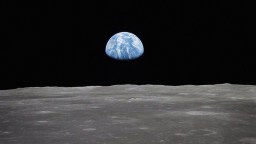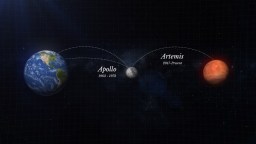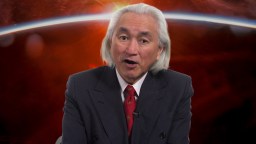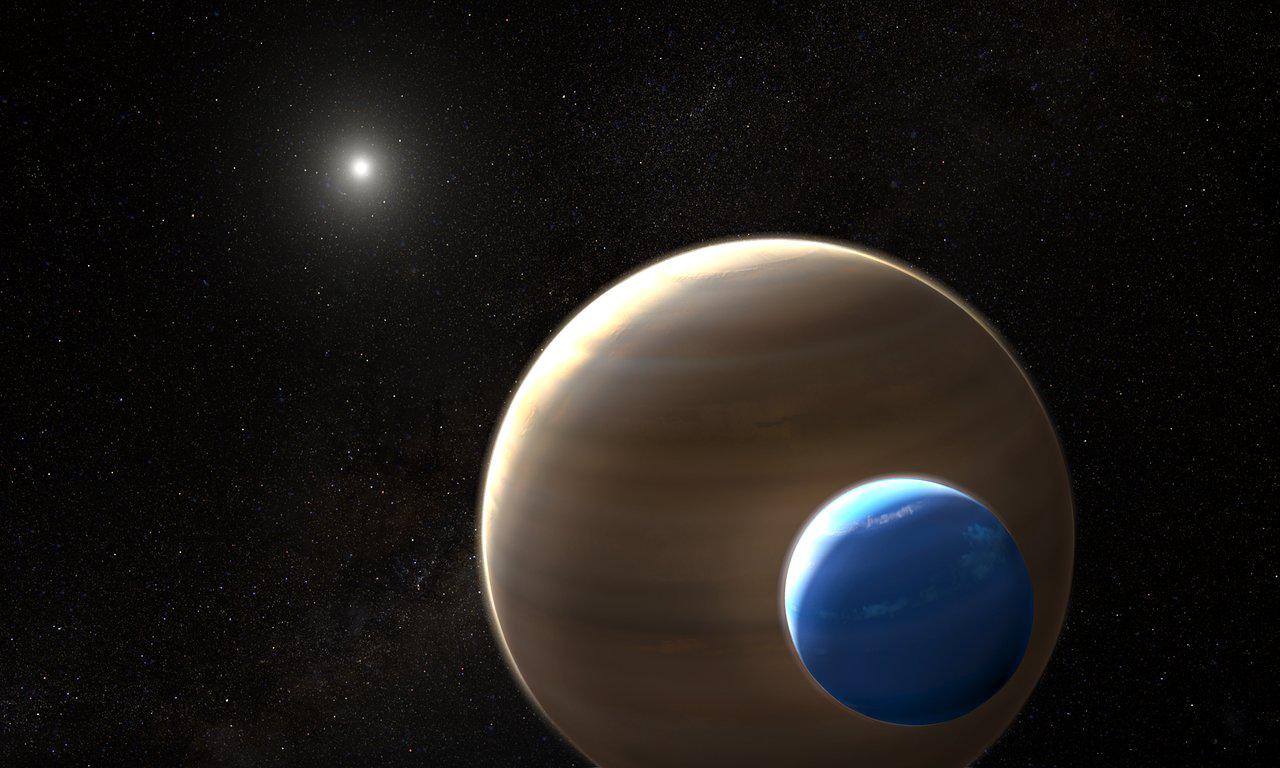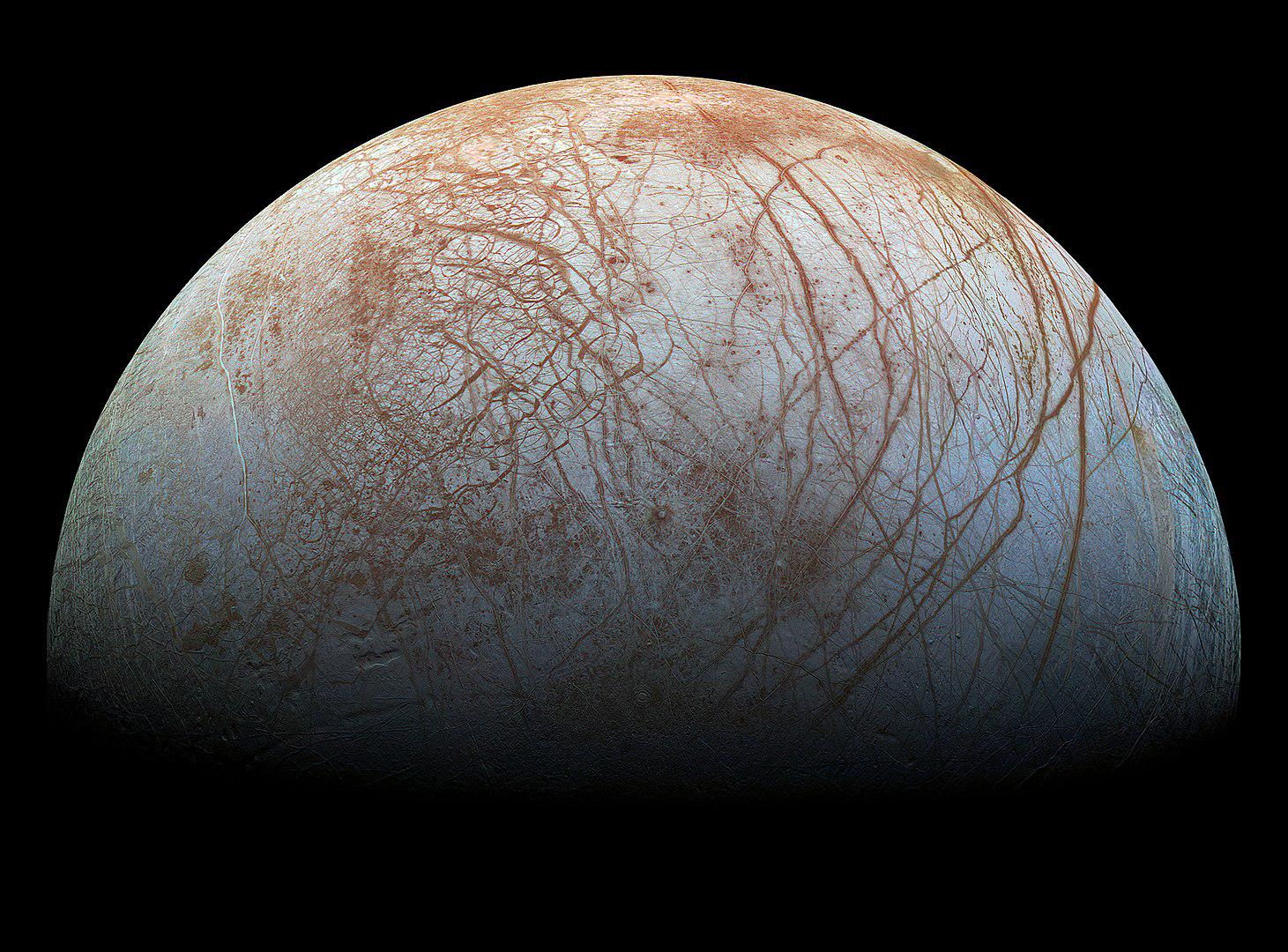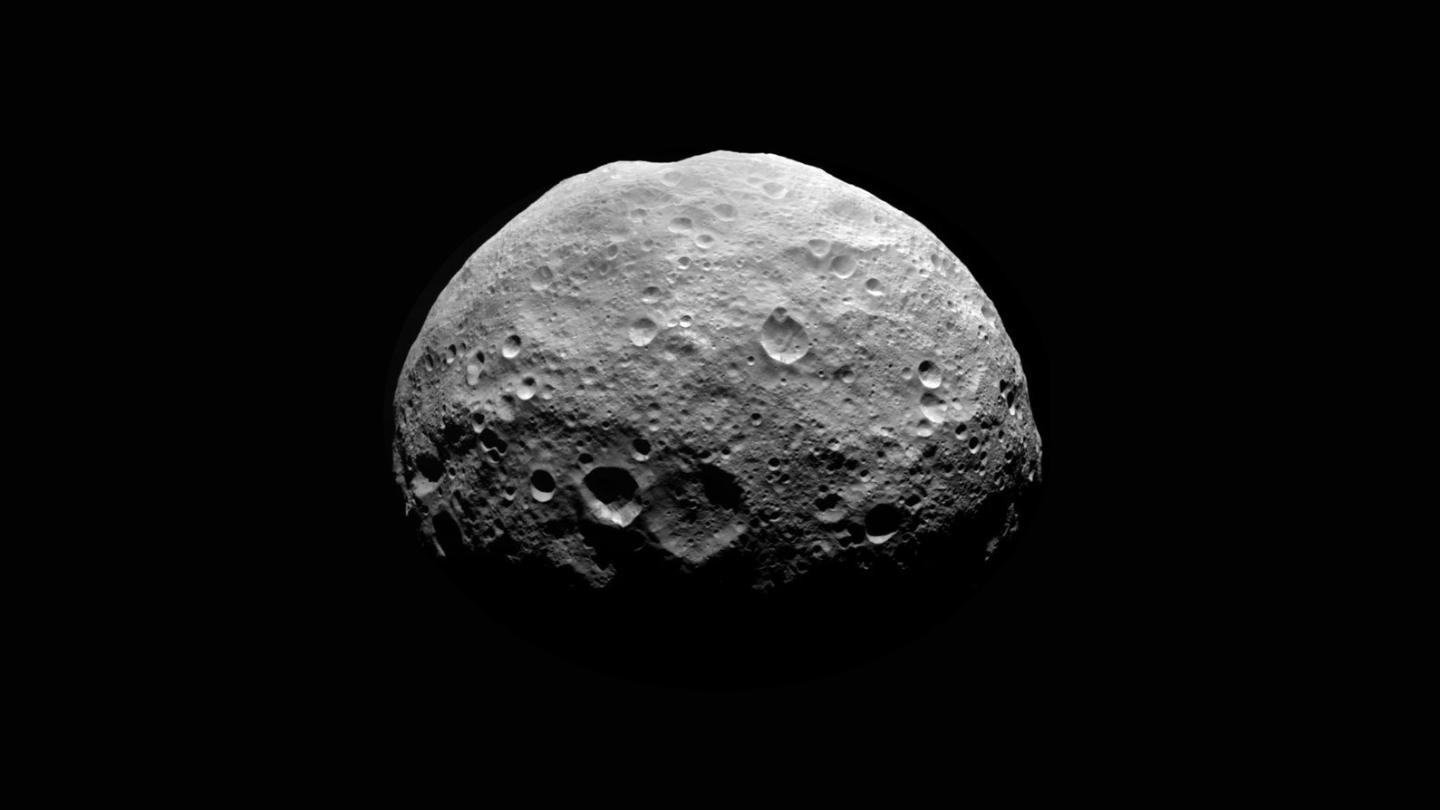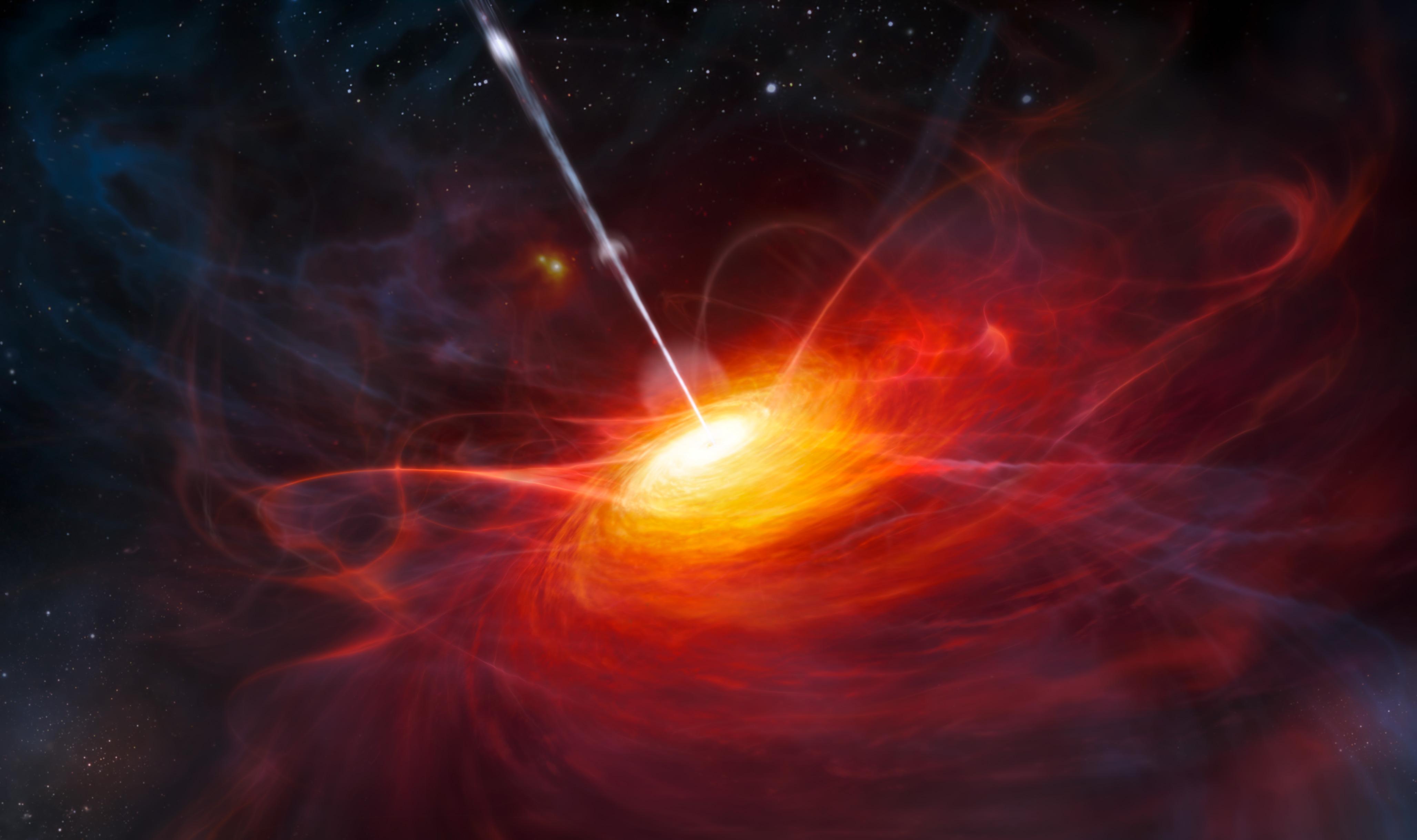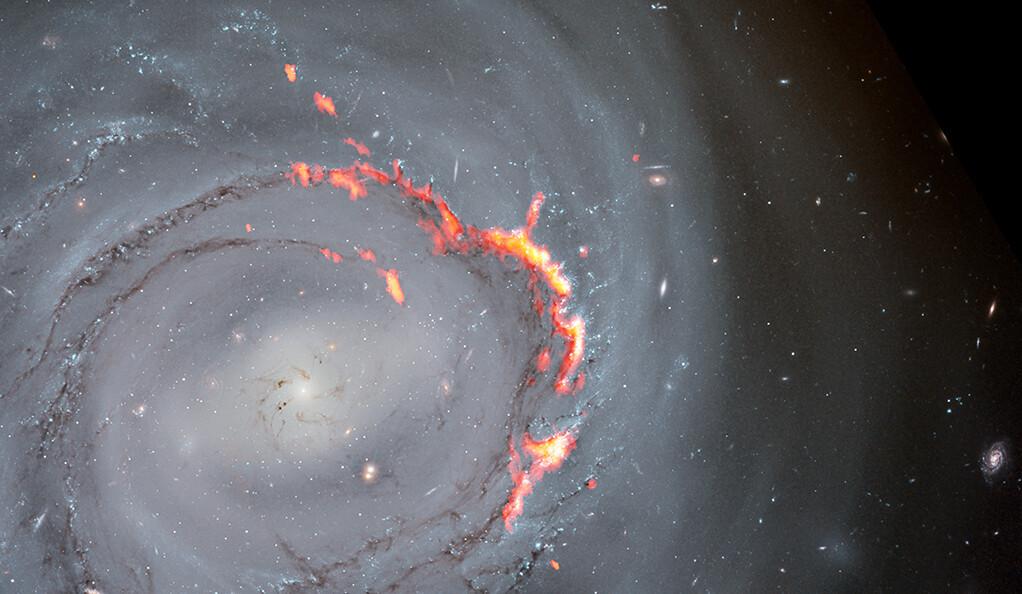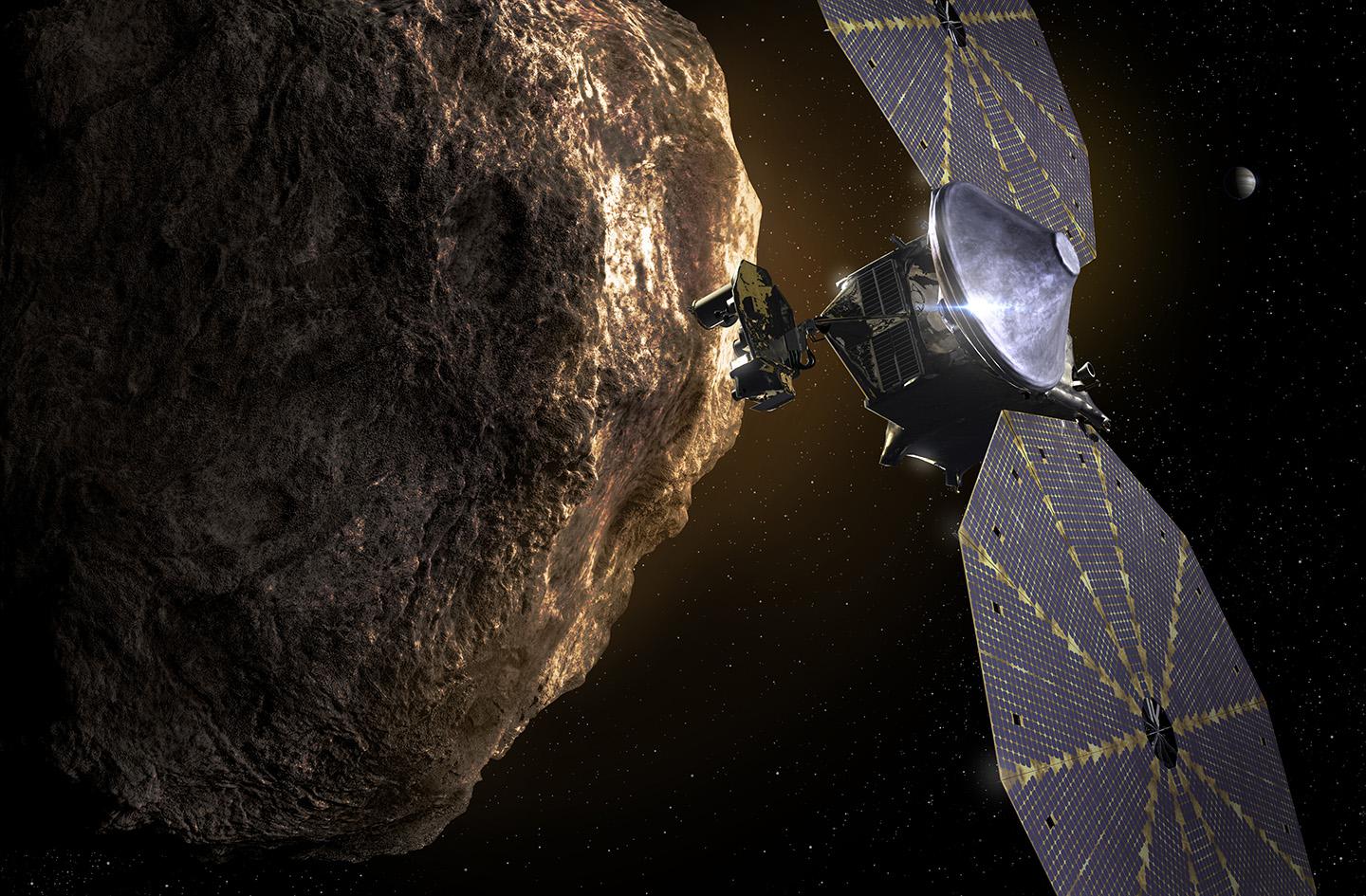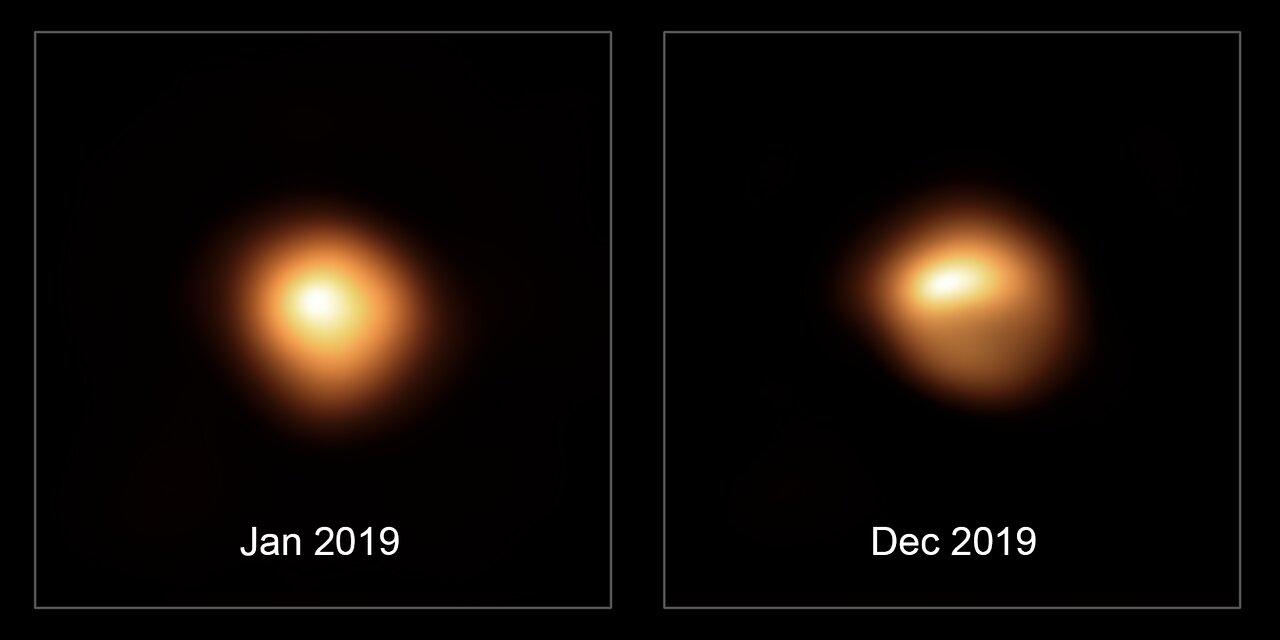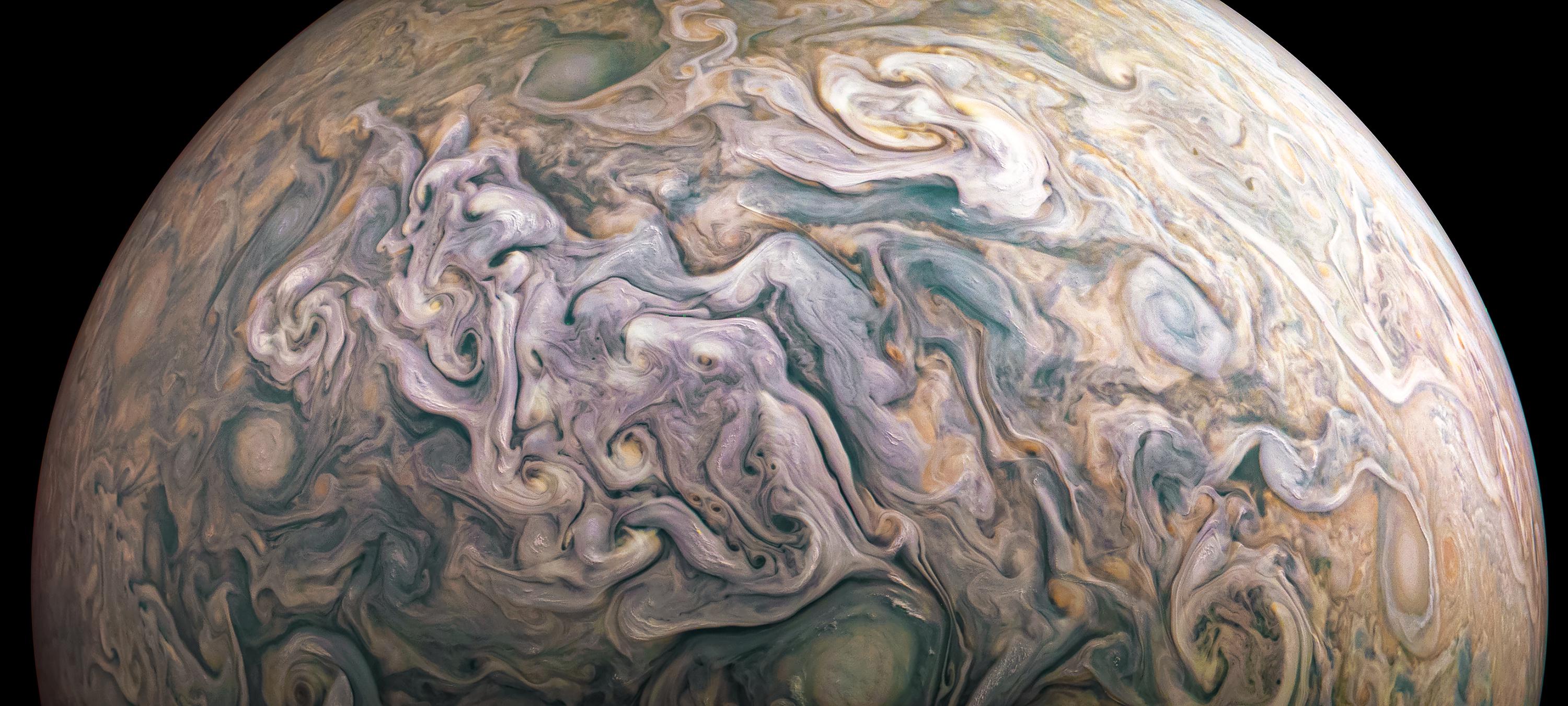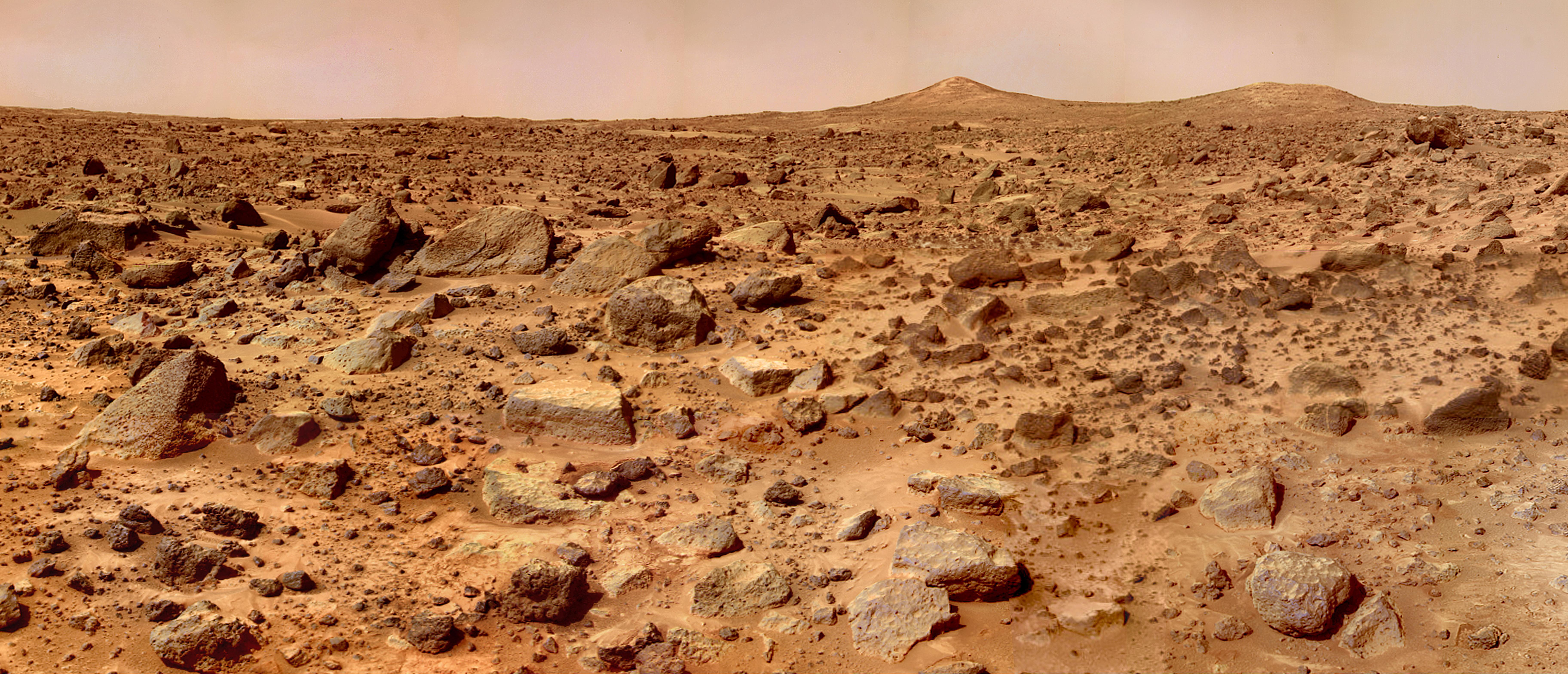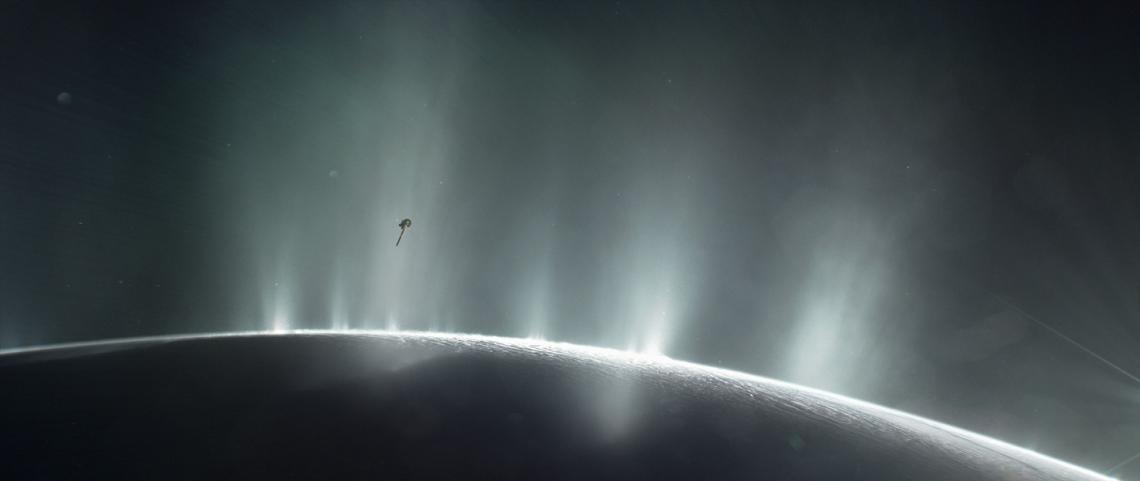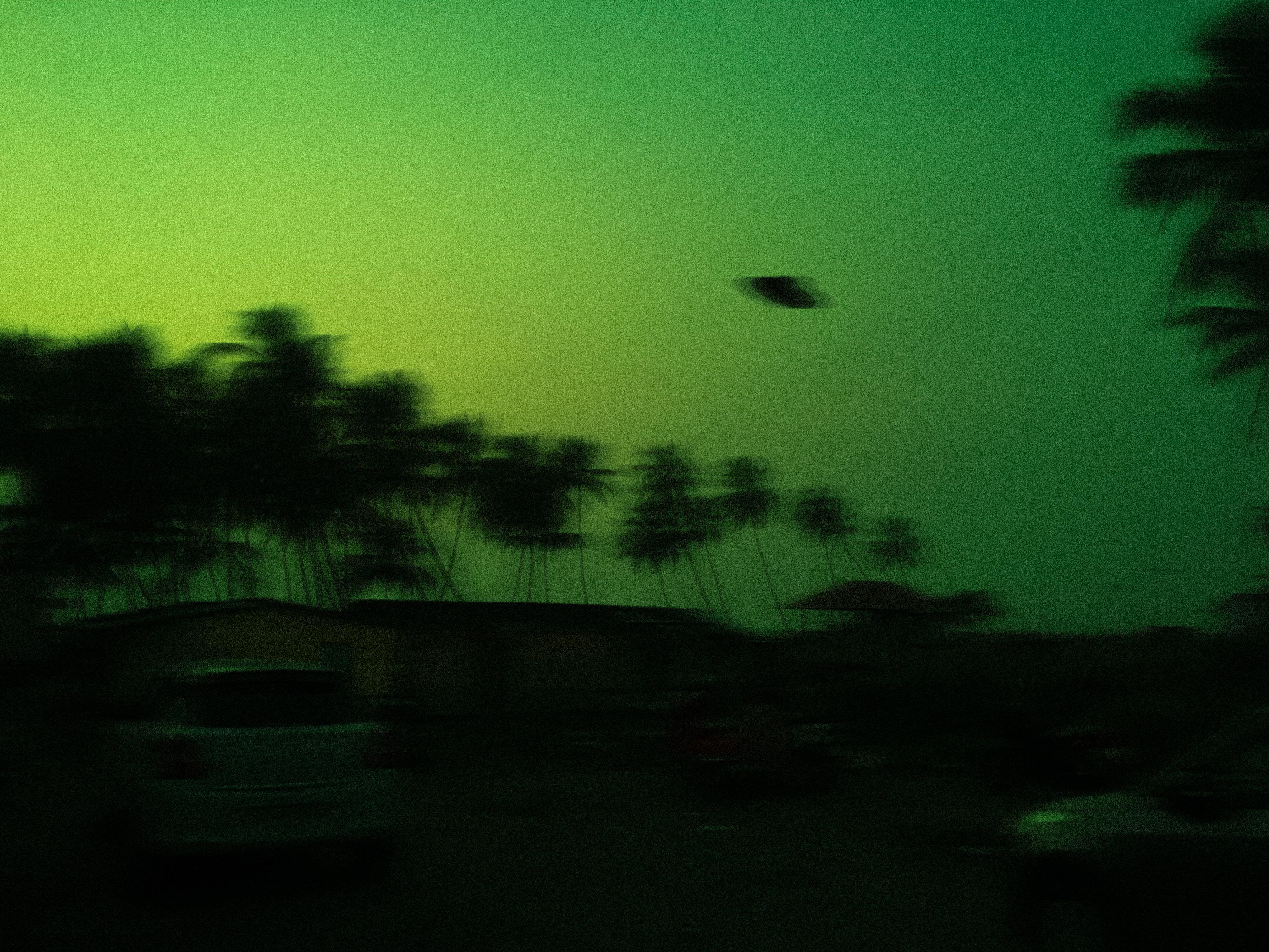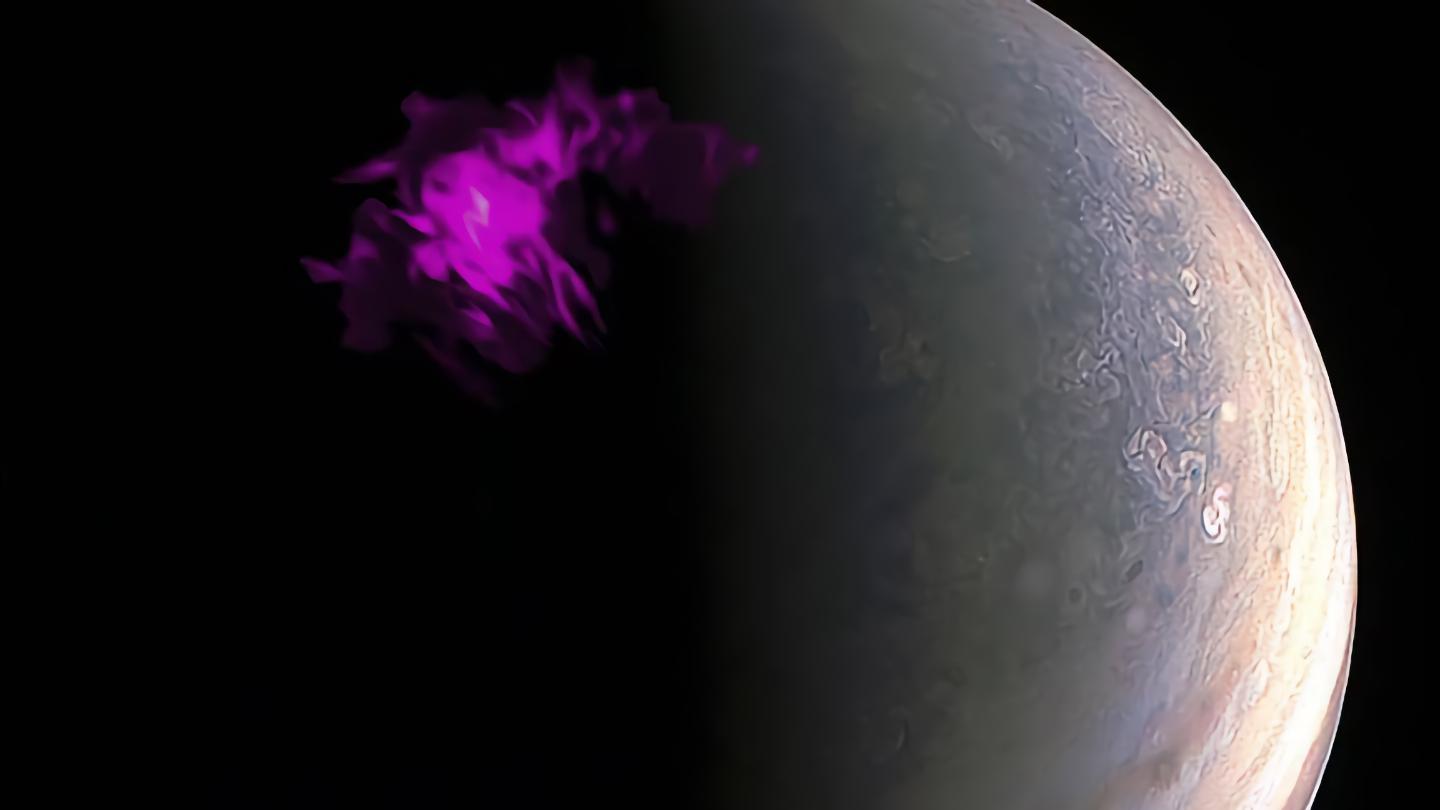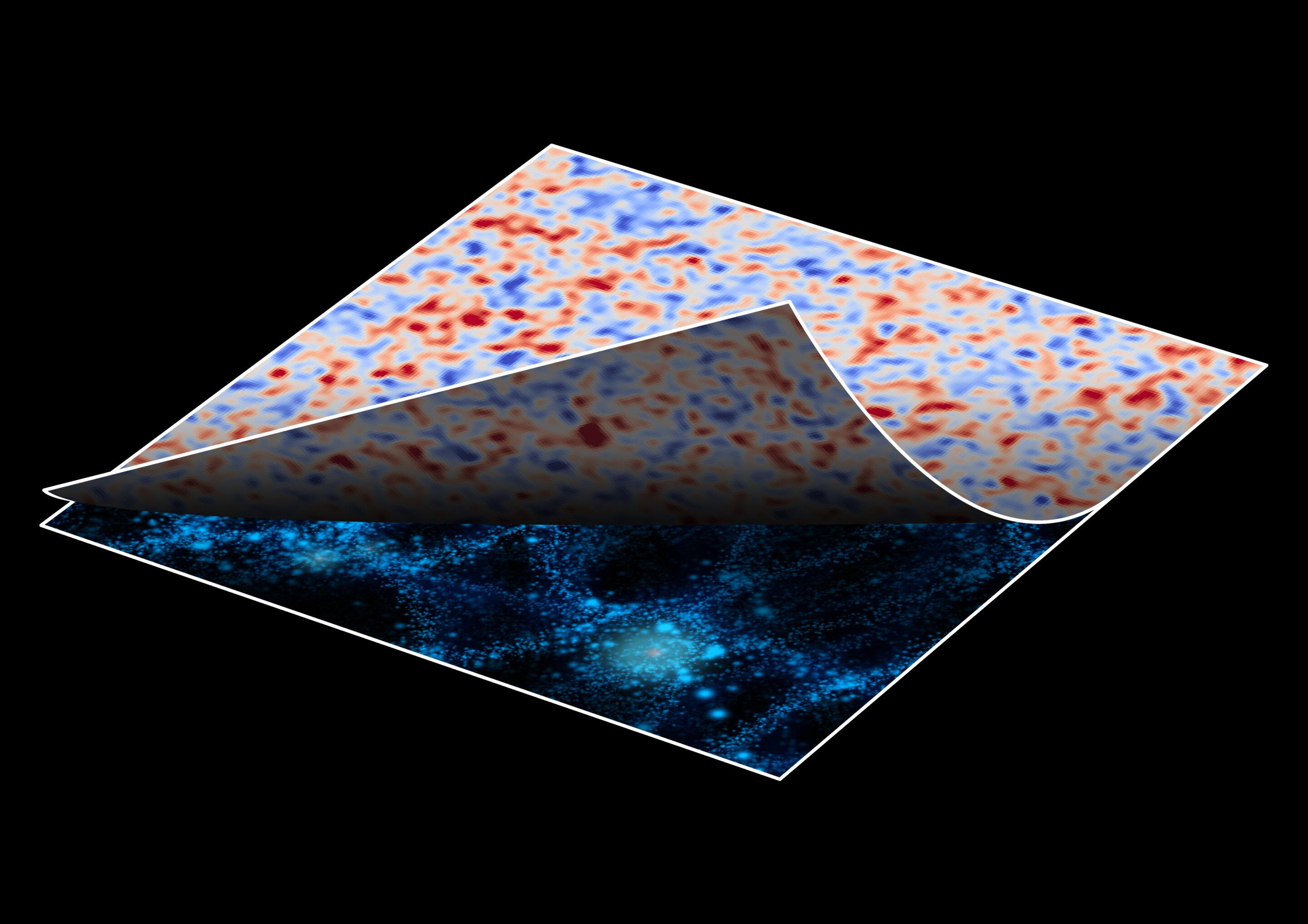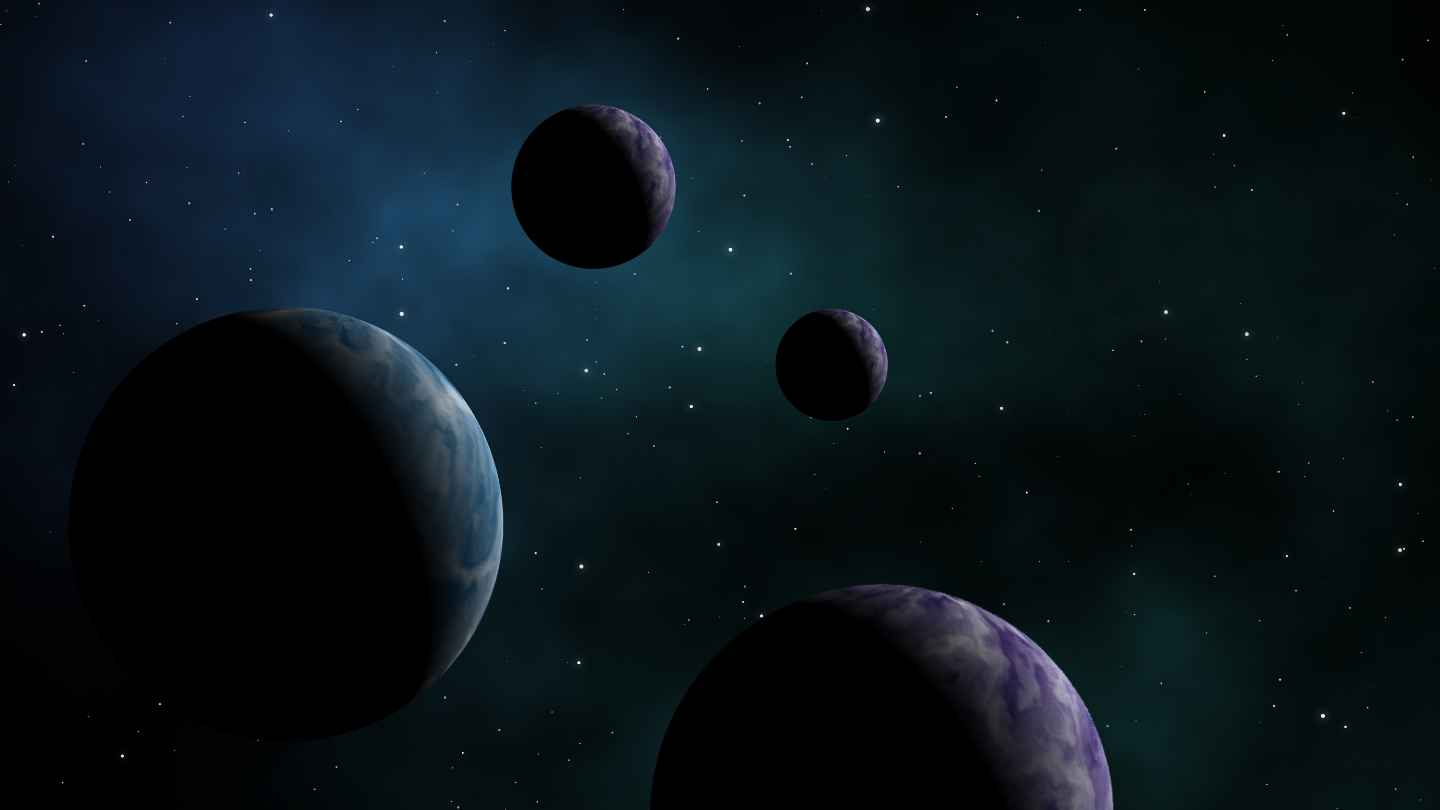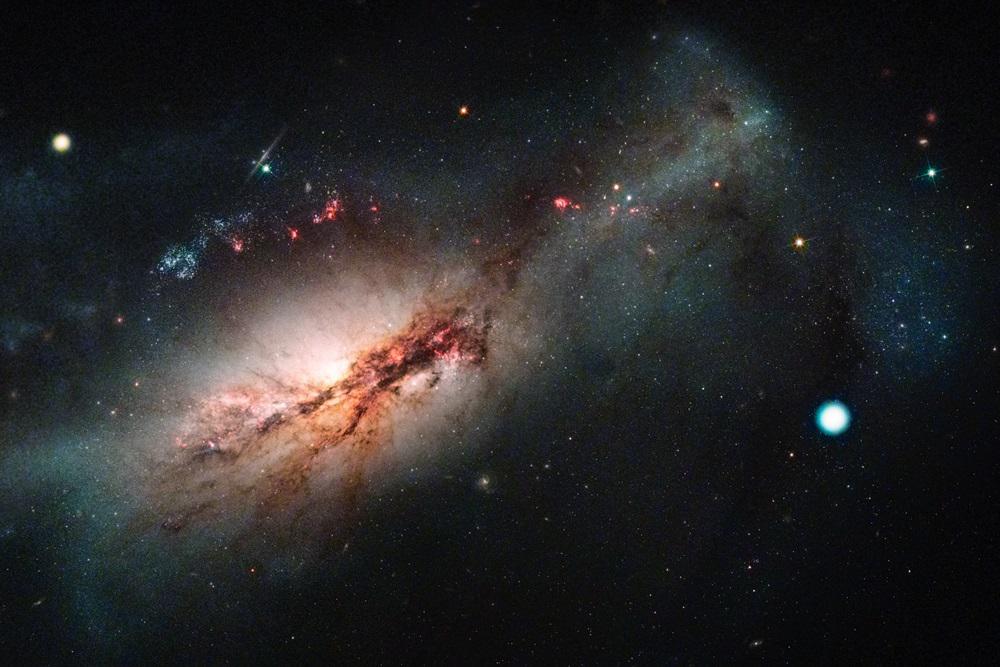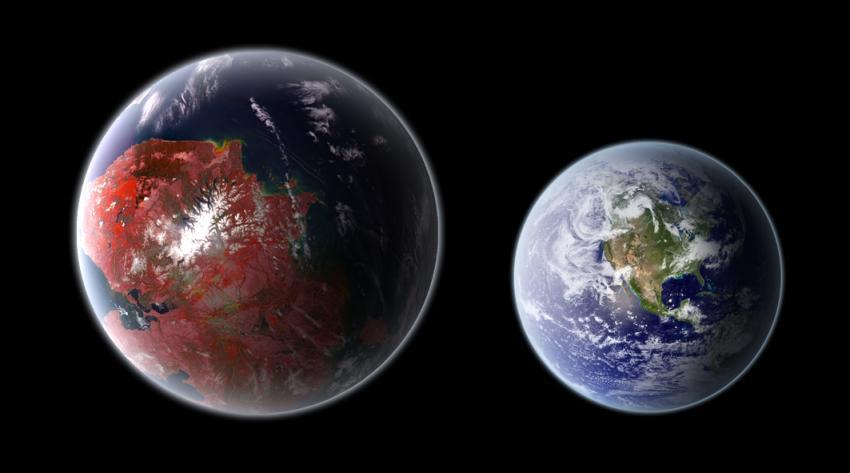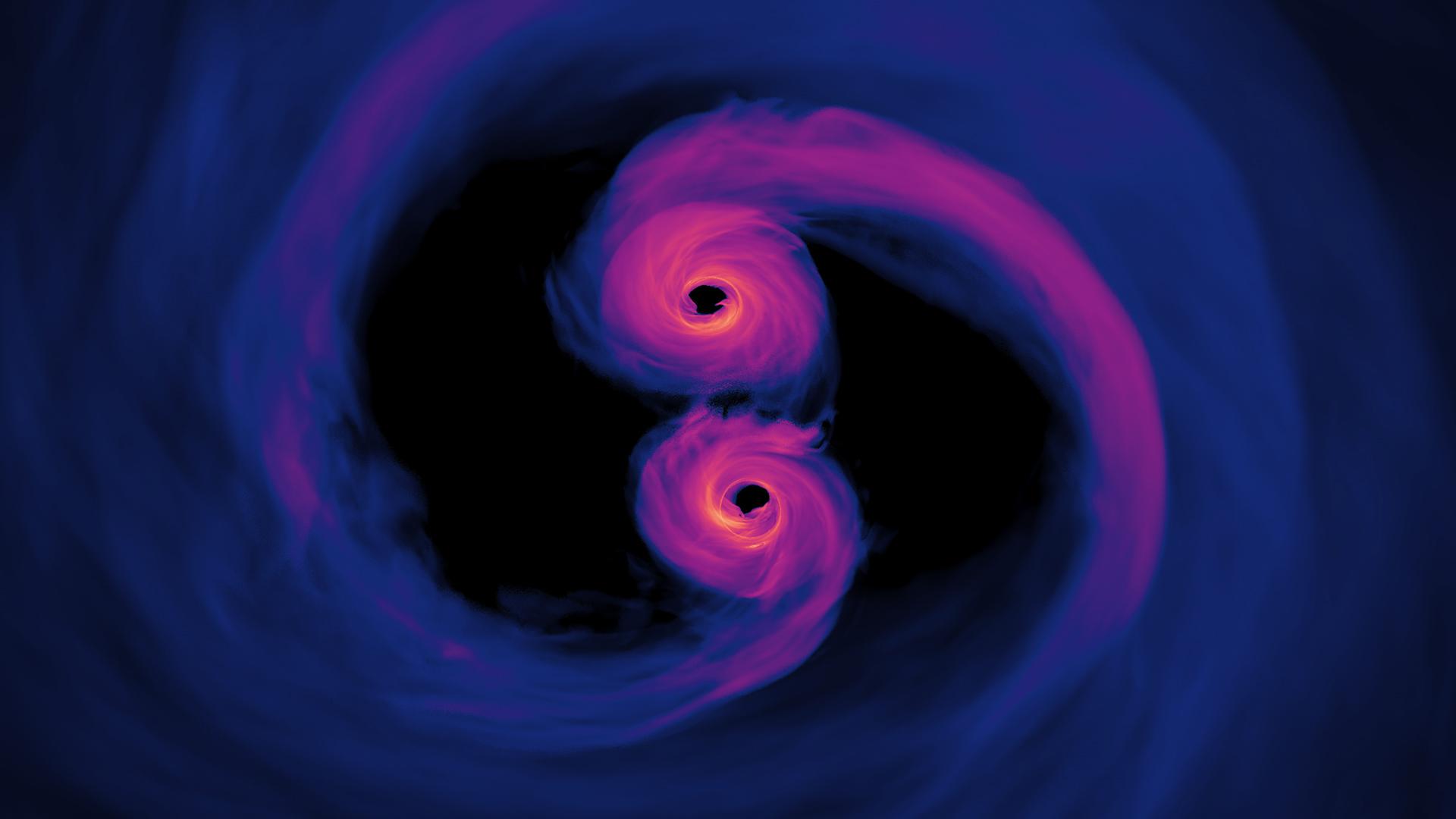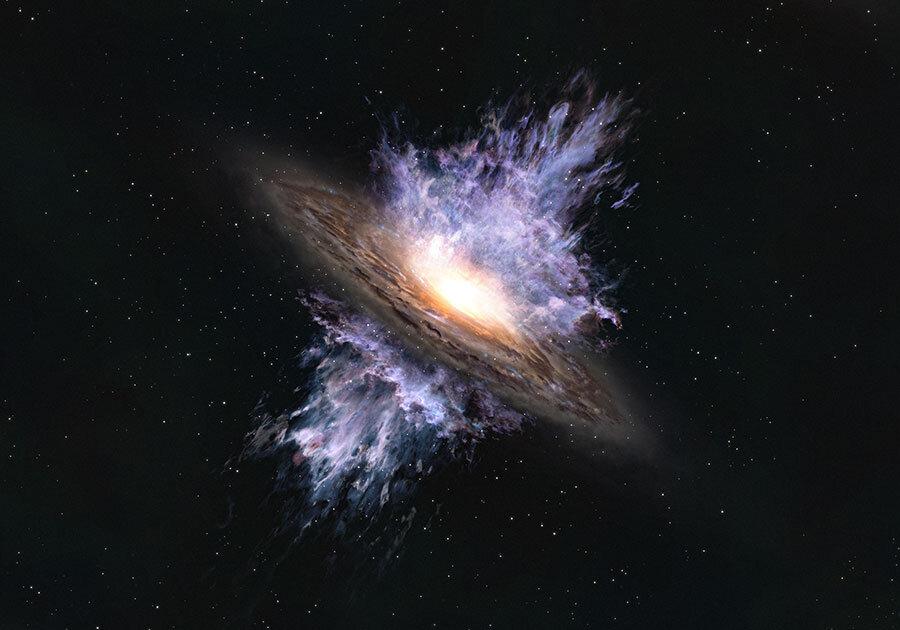space
What astronaut Ron Garan saw in space changed his life forever – here’s what it taught him.
▸
8 min
—
with
Do aliens dream about meeting us, too?
▸
with
The first human that isn’t an Earthling could be in our lifetime.
▸
5 min
—
with
Rituals come as much from religion as they do from the way Earth spins around the Sun.
▸
4 min
—
with
Humans won’t survive if we stay on Earth. Michio Kaku explains.
▸
7 min
—
with
Dr. Sara Walker is an astrobiologist and theoretical physicist, who is questioning the very nature of life and how we’re attempting to find it elsewhere.
▸
6 min
—
with
Michio Kaku believes math is the mind of God.
▸
6 min
—
with
To understand the edges of our universe, we’ll need to explore the edges of our own philosophies.
▸
with
Life finds a way — particularly if it has a moon.
Water is vital for life. Luckily for spacefaring humans, the solar system is full of it.
How did the troughs form?
A new model addresses a longstanding problem: where do quasars get the fuel they need to outshine entire galaxies?
Galaxies can die if their star-making stuff is lost. But now it can find its way back.
NASA will use energy from Earth’s gravity to launch the Lucy spacecraft in October of this year.
Betelgeuse, the tenth brightest star in the night sky, mysteriously dimmed last year. Now researchers know why.
Jupiter’s atmosphere is hotter than it should be, and now we know why.
We are likely to see the first humans walk on Mars this decade.
Scientists do not know what is causing the overabundance of the gas.
A new government report describes 144 sightings of unidentified aerial phenomena.
Jupiter’s mysterious auroral events are caused by vibrating waves of plasma.
A new artificial intelligence method removes the effect of gravity on cosmic images, showing the real shapes of distant galaxies.
Tiny fluctuations in old Kepler data reveals four runaway planets that are reminiscent of Earth.
If the laws of physics are symmetrical as we think they are, then the Big Bang should have created matter and antimatter in the same amount.
Astronomers find a third type of supernova and explain a mystery from 1054 AD.
An analysis of the gravitational wave data from black hole mergers show that the event horizon area, and entropy, always increases.
Researchers discovered a galactic wind from a supermassive black hole that sheds light on the evolution of galaxies.
Tiny specks of space debris can move faster than bullets and cause way more damage. Cleaning it up is imperative.
▸
6 min
—
with
Is the physical universe independent from us, or is it created by our minds, as suggested by scientist Robert Lanza?
